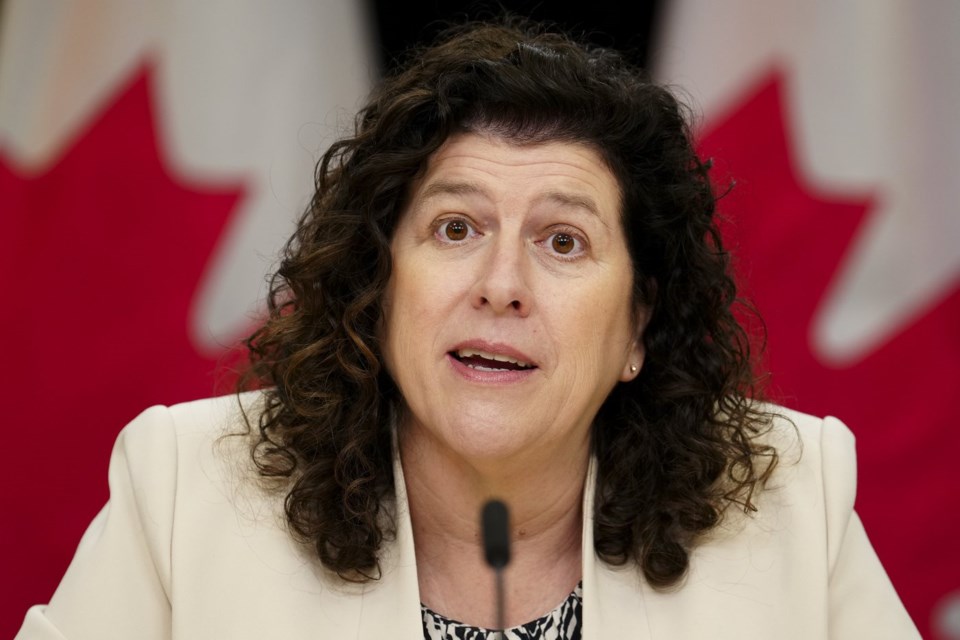OTTAWA — The federal government has moved slowly to reduce its office space, a new report by Canada's auditor general said Tuesday.
The report said that while Public Services and Procurement Canada has had plans to downsize its office footprint since 2019, it has reduced by only two per cent because full-scale implementation of that plan only started in 2024.
The report blamed the delay mainly on a lack of funding.
“Public Services and Procurement Canada and federal tenants need to accelerate their efforts to reduce the office space they occupy and contribute to increasing stock for housing that is sustainable, accessible and affordable," auditor general Karen Hogan said.
The report also said the government has been slow to modernize its offices to make them open spaces without assigned seating. While the target was to modernize at least four per cent of office space every year, the government has so far modernized only about two per cent of its office space annually since 2021.
“The shortfall between the target and the actual results is due to resistance to change from some federal tenants, aging infrastructure, condition of buildings, portfolio size, reallocation of funding, and an increase in costs driven by inflation,” the report said.
The former Liberal government announced a $1.1 billion plan in the 2024 budget to cut its office portfolio in half over a decade.
The plan is to find billions of dollars in savings and free up properties for housing.
While the target is still 50 per cent, the report says Public Services and Procurement Canada currently projects that only 33 per cent of its office space will be freed up by 2034.
While the report was optimistic about Ottawa's plan, it pointed to some risks and stressed the need for Public Services and Procurement Canada to work with government departments and federal tenants to reduce the amount of office space they occupy.
The report said just under half of tenants had not signed office space reduction agreements and that negotiations were still ongoing at the time of the audit, which could delay the implementation of the plan.
Public Services and Procurement Canada estimated that before the pandemic, half of federal office space was being underused. When the first plan to divest office space was put in place by the department, public servants were being required to attend the office two to three days per week. That requirement has since increased to three to four days.
The report suggests the plan is less flexible now that public servants have been called back to the office on a more regular basis.
At a press conference Tuesday, Hogan said Public Services and Procurement Canada's plan for office space is dependent on larger departments agreeing to reduce their footprints, and some are reluctant to do so.
The report also noted that delaying the disposal of properties not suitable for housing could lead to higher maintenance and operating costs, and said those costs should be included in the plan.
An official from the auditor general's office who spoke about the report on background said the government’s plan to reduce its office portfolio seems solid but it won’t be possible to determine whether it's reached its goal until the 10 years have passed.
Conservative Leader Pierre Poilievre said Tuesday that the government has failed to live up to its promise of turning its buildings into housing, while there are "countless" Canadians who can't afford homes.
Procurement Minister Joël Lightbound said in a media statement Tuesday that he accepts all of the recommendations.
Lightbound said his department plans to share annual updates on its progress and that it remains committed to working with federal departments and agencies to improve data collection.
This report by The Canadian Press was first published June 10, 2025.
Catherine Morrison, The Canadian Press


